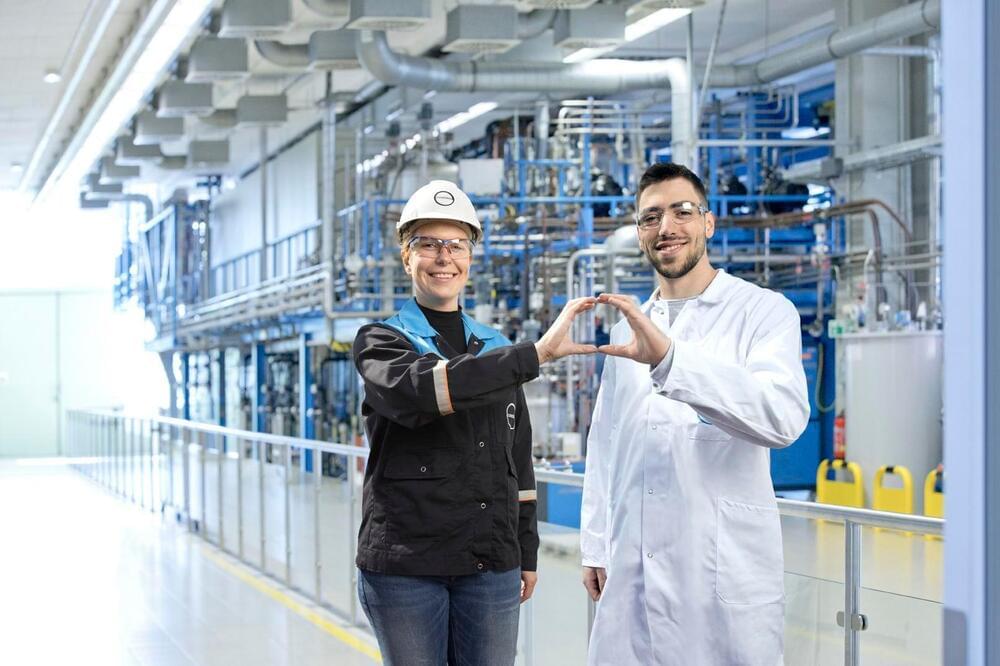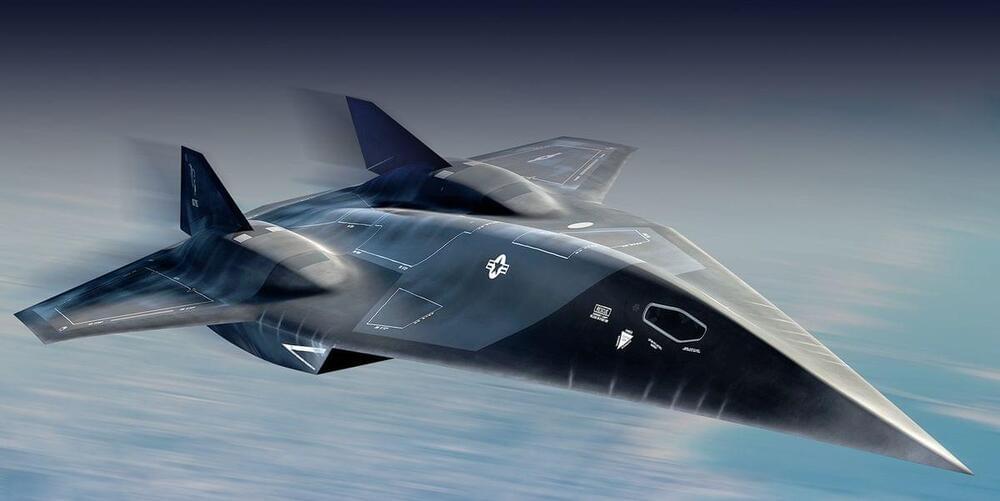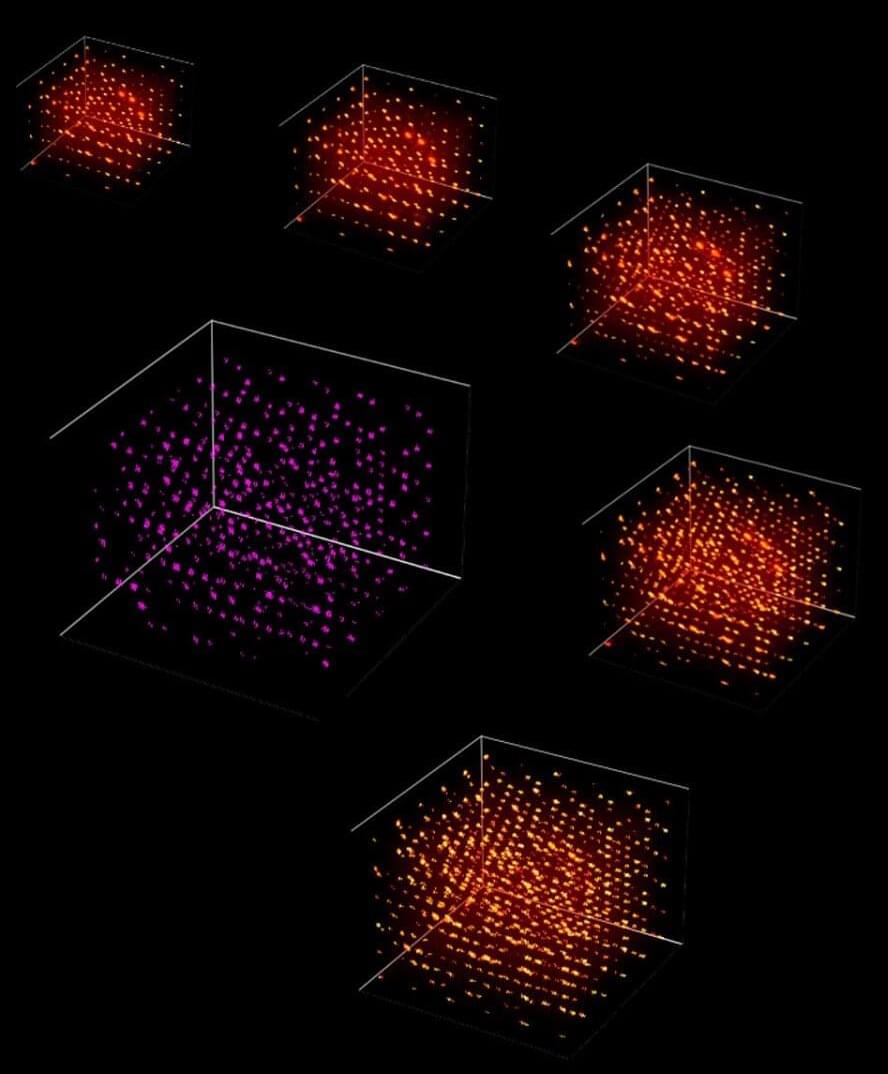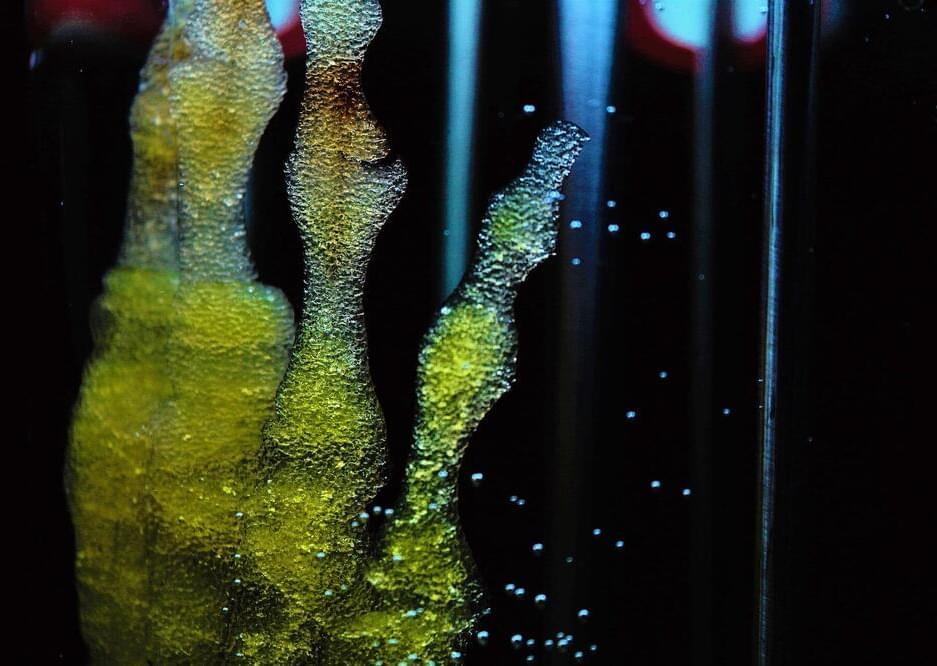
“Quite a large gap exists between the current narrative of AI and what it can actually do,” says Giada Pistilli, an ethicist at Hugging Face, a startup focused on language models. “This narrative provokes fear, amazement, and excitement simultaneously, but it is mainly based on lies to sell products and take advantage of the hype.”
The consequence of speculation about sentient AI, she says, is an increased willingness to make claims based on subjective impression instead of scientific rigor and proof. It distracts from “countless ethical and social justice questions” that AI systems pose. While every researcher has the freedom to research what they want, she says, “I just fear that focusing on this subject makes us forget what is happening while looking at the moon.”
What Lemoire experienced is an example of what author and futurist David Brin has called the “robot empathy crisis.” At an AI conference in San Francisco in 2017, Brin predicted that in three to five years, people would claim AI systems were sentient and insist that they had rights. Back then, he thought those appeals would come from a virtual agent that took the appearance of a woman or child to maximize human empathic response, not “some guy at Google,” he says.
Continue reading “LaMDA and the Sentient AI Trap” »


















